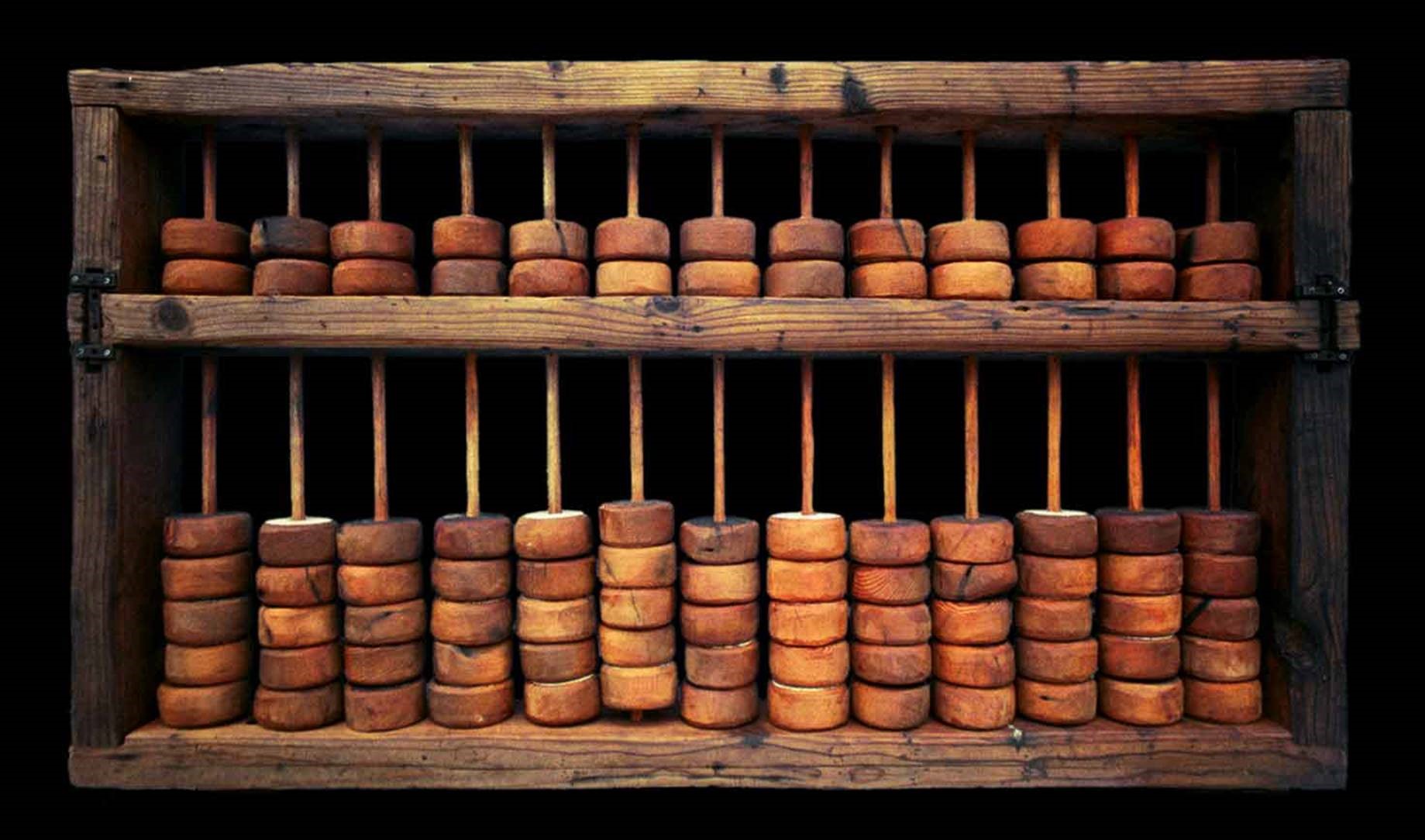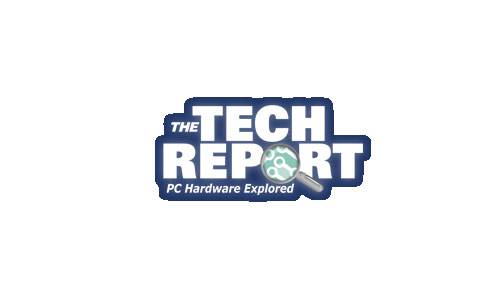Not for gaming. At gaming Intel still have the edge. It wasn't much of one, but it was there. There was also upgrade path to consider. Back then Intel didn't switch sockets everytime the wind changed and people new that if they stuck with Intel they would have an upgrade path for future design advances. At the time AMD was playing musical sockets. Back then, Intel was the clear choice for a lot of people.
Phil's Computer Lab did a lot of good benchmarking about Pentium 4, Athlon 64, Core 2 Duo, Quad, Athlon X2 and etc... And while Intel didn't switch sockets so fast, they made them incompatible. Also Intel made socket 423, socket 478 and socket 775, after Pentium 4 more or less became obsolete and first boards only supported up to Pentium D. Only later Intel made boards that worked with Core 2 chips and that's mostly because Core 2 series were a hack job and needed chipset to make it work as a single CPU. Oh and in 478 days, Intel made some boards with DDR or with RDRAMM, so despite keeping the same socket name, it was nearly as bad as AMD and unlike Intel, AMD was making some really solid products. Even socket 754 was pretty much perfect for Athlon 64, you didn't need anything more than it. Socket 939 didn't bring any real advantage, sure it did support dual channel RAM, but it didn't make a difference as K8 chips just simply didn't benefit from that. 939 supported dual cores, that's something, but then again once single cores ceased to be adequate, lots of software supported quads. Dual cores became a chips for budget buyers, but didn't really make sense for high end machines as some games were unplayable on dual cores (like Red Faction Guerilla or Far Cry 2) or very unpleasant sub 40 fps suffering (Racedriver Grid). In terms of performance, K8 wasn't a clear winner, but it consumed much less power and required much lesser memory to perform the same as P4, and due to massive IPC advantage, pretty much any overclock to them, meant that they could take on fastest Pentium 4s and Pentium Extremes, even without overclock K8 was already as fast or faster. Only in some very specific tasks, where long pipeline of Pentium 4 could be utilized, Pentium 4 and derivatives performed better, but those tasks were mostly productivity tasks, not gaming. And if you wanted something better than Athlon 64, you could buy Opteron, which had more cache and overclock it or buy Athlon 64 FX, a very overpriced Athlon 64 with some enthusiast features like unlocked multi. The ultimate K8 platform was Quad FX, which combined two Athlon 64 FX chips, but that came out in Core 2 Quad era and didn't make any sense by then.
In gaming Athlon 64 (X2) was often beating Pentium 4 (D) or performing similarly:
Beware, Intel! AMD's desktop dual core comes in with clock speeds unreduced from those of its single core chips, ready to strike a devastating blow at the very playground Intel had prepared with Hyper

www.tomshardware.com
WHEN WE FIRST reviewed the Athlon 64 X2 processor a few months back, we said that it was an outstanding CPU, but we wished out loud for AMD to start...

techreport.com

www.anandtech.com
AT LONG LAST, AMD is ready to introduce its Athlon 64 processor to the world. This chip is the successor to the formidable K7 core, known to most as the...

techreport.com

www.anandtech.com
Athlon 64 3200+ Review -- Forgotten CPU? This content was originally featured on Amdmb.com and has been converted to PC Perspective's website. Some color

pcper.com
If by edge you mean trailing in the back of all benches, then Pentium D certainly did that. And it wouldn't have been that bad if Intel made Pentium 4 or Pentium D truly cheap, but those also ran much hotter, required serious platform pampering to achieve anything worthy (buying only fastest RAM, perhaps RDIMMs), consumed more power and ended up costing the same. Argument could be made than in Pentium D days AMD didn't have an affordable dual core and Pentium D was cheaper, but considering that it was all around worse and required much of additional investment to make it perform competitively enough, going with Pentium D was a questionable decision. Even worse was that early Pentium 4s were already a bit antiquated on launch, due to not supporting 64 bit OS, still relying on chipset RAM controller. It was also bad that upper tier Pentium III chips beat first socket 423 Pentium 4s, despite some brainwashing from Intel claiming otherwise here:
Intel tarnished their reputation, after they were awfully beaten to 1GHz race and Athlon 1GHz outperformed Pentium 3 1GHz, also Athlon XP offered much better value than Pentium 4. Considering how poor Intel's reputation must have been after several failures to outcompete AMD, Pentium 4 was a massive disgrace. On top of that, once Pentium 4 was done for and Intel decided to bury it for good, they used Pentium M cores from Pentium III to make Core 2 Duo, which was decent, but angered some fans still believing that Pentium 4/D wasn't crap. And Intel at the time had bribed lots of OEMs to sign exclusivity deals, so that Athlon XPs, 64s wouldn't sell as well and they did succeed at that. It was probably the best thing they did as company to stop AMD from outperforming them in market. It was illegal, so Intel had to pay a bit fines afterwards, but they made some sale and profited more than they lost. But one thing was clear, they didn't have a strong competitor to AMDs chips. AMD was annihilating them at budget (Semprons), mid tier (Athlon 64s), high end (upper end Athlon 64s), Athlon FX and servers (Opteron). In comparison Intel's Celerons were a complete garbage even at budget and got beaten badly by Semprons. Mostly, because Semprons had lower clocked K8 core with half cache disabled and 64 bit functionality removed. At mid tier, Pentium 4s were quite cheap, but they lost against Athlon 64 in efficiency, overclockability, power consumption. At high end Intel didn't have anything proper, Pentium Extreme Edition didn't clock as high as expected and thus was just higher clocked Pentium 4 with extra cache (Intel expected to hit 5GHz by 2001, that clearly didn't work out and despite that even lower clocked chips turned into disaster due to Sudden Northwood Death Syndrome:
https://en.wikipedia.org/wiki/Pentium_4#Northwood_(Extreme_Edition) it was due to excessive electromigration, due to too high voltage and too much heat on node that can't take that and it was done for higher clock speed).
Clear choice or not, but imo there was no reason to fanboy for Intel in those malaise days. AMD hammered them hard (pun intended). Overclocked Athlon 64 was just simply unbeatable by any Pentium 4. Even this crazy rig couldn't beat Athlon 64 on air:
Even at 4GHz, Pentium 4 was only a match to Athlon 64 4000+, a 2.6GHz K8 chip:
IF YOU’VE BEEN paying attention over the last few months, you’ve no doubt noticed that AMD’s latest Athlon 64s trounce Intel’s newest Pentium 4s almost across the board. That’s a...

techreport.com
Now overclock that Athlon 64 4000+ and it will be above 4GHz Pentium. And for that matter, even overclocked Athlon 64 3000+ (let's say 2.8-3.1GHz) would be beating Pentium 4 EE overclocked to 4Ghz.










